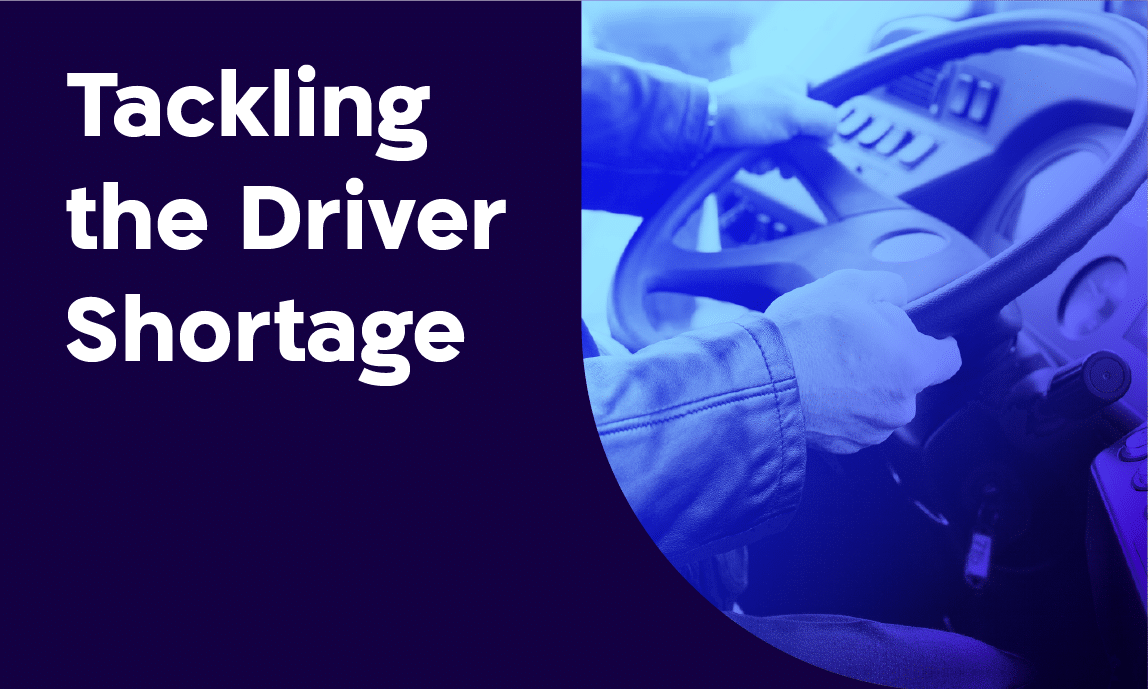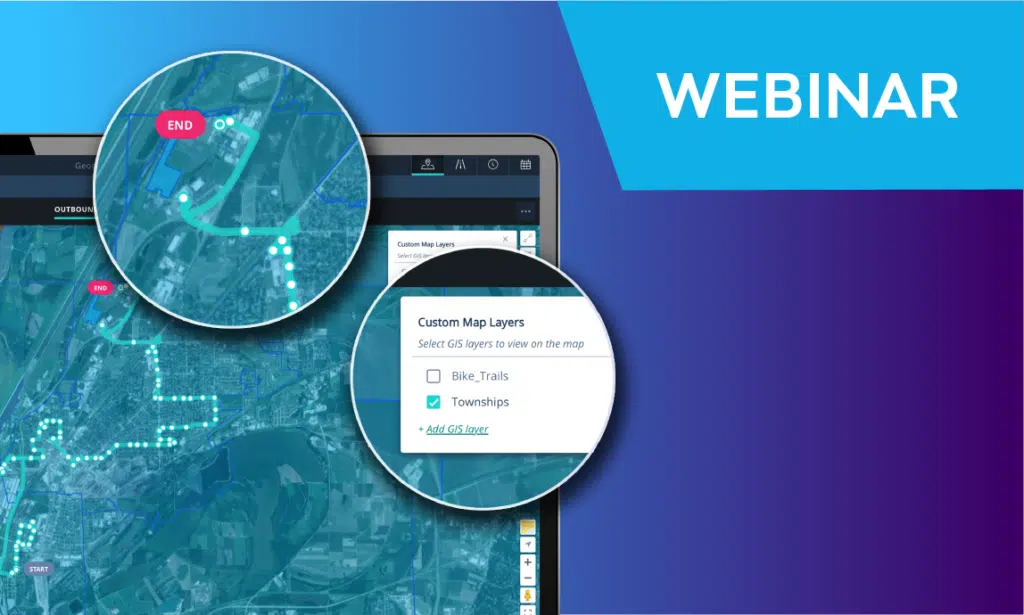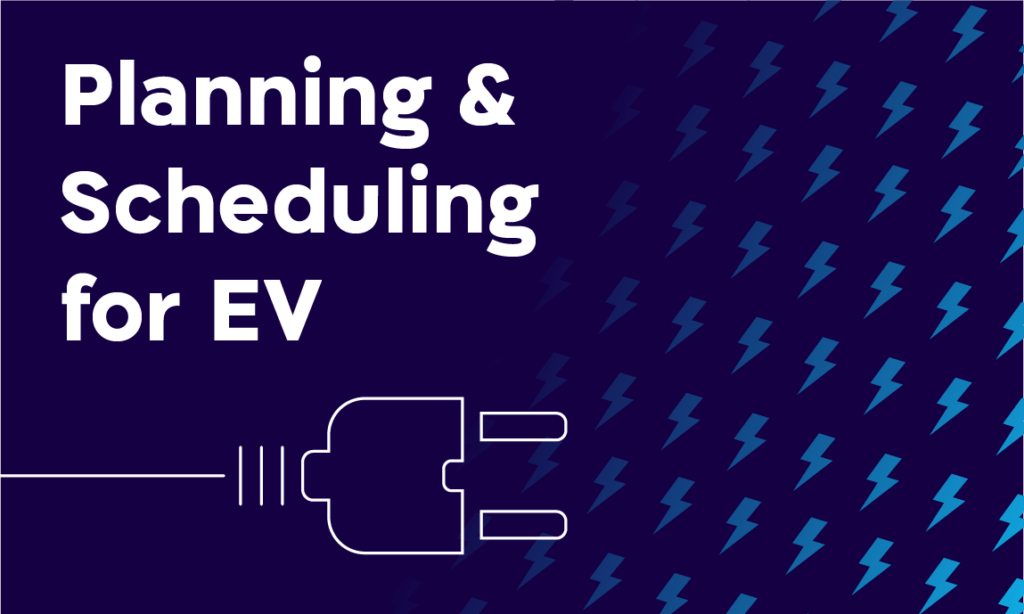manage transport business
For transportation operators, winning the management of business lies at the heart of their strategy.
Tenders are serious business – many companies bid and only one wins. There is no second place. You can either win business for new routes, agencies or areas, or lose the bid.
In many cases, the difference between the highest and lowest bidders can range between 1% and 5%; so do optimization-related savings matter? Yes indeed.
Before we go into some tips and tricks for bidding on transportation business,
let’s review some basic steps you should take when preparing your bid:
- Collection: During this phase, your goal is to get as much data as you can,
so the tender bid you create is based on accurate information. - Assumptions: Once you’re past the data collection phase, you may need
to make certain assumptions regarding the missing data – from exact
timetables to on-time performance levels, depot locations and more. - Creativity: When reviewing the data you’ve collected, consider new ways
of looking at it. This can be anything from using a variation on labor
regulations (e.g. offering longer breaks or changing their frequencies) or
re-assigning routes between existing depots. - Running multiple scenarios: At this stage, your goal is to run as many
what-if scenarios as you can, to discover the best options and get the
insights you need for a winning bid.
Since many of our customers rely on our expertise when applying for tenders (and ultimately winning them), we thought we’d consolidate some of what we’ve learned here:
1. Don’t forget the test drive: take the bus
One of the best pieces of advice we’ve received came from a seasoned
scheduler. He told us that before bidding, he makes sure to take the bus in that network, ride it end to end and see what the passenger experience is, where the depots are, whether there are any on-time issues, passenger crowding etc..
This way, even before uploading the first dataset, you get an intuitive understanding of the realities of the network.
2. Put yourself in the shoes of the competition
Tenders are competitive by definition. You’re trying to make the best possible bid – and so are your competitors. Try to model their bids by observing their depots, work rules and other variables. Take the time to create a scenario that reflects the
competition’s assets, methods and more, so you’ll have an educated guess of what they are about to bid.
This process can provide you with a great starting point for creative scheduling and planning.
3. Master the relevant labor-related rules, investigate possible changes
when bidding for new business is crucial. One of the rest steps should be receiving the information regarding Collective Bargaining Agreements (CBAs) and making sense of it; Are there several CBAs that would require optimizing across different groups? Perhaps more importantly, can you be creative about those CBAs and other work regulations?
You can consider offering different breaks, rosters and more to create better outcomes.
Advanced platforms allow you to accurately model the entire cost of the crew schedule (runcut) while ensuring compliance with CBAs, without any need for manual edits to ensure compliance.
4. Depots can be improved
In many cases, depot location has a major impact on scheduling results. Poorly located depots can result in longer deadheads which in turn raise costs significantly. In our experience, thinking out of the box regarding the allocation of routes to depots can have surprising results, for example if ten routes originate from Depot A and ten more originate from Depot B, reassigning routes to depots can reduce deadhead times to an extent that can make the difference between winning and losing the tender.
Another way to go about this is to check whether you can add mid-day depots, e.g. adding a downtown location where buses can park for a limited time in the middle of the day. This can save long deadhead trips (and create better break options for drivers), resulting in a better bid price for the tender.
5. Improve relief vehicles and discover relief points
Optimizing relief vehicles can prove very useful for your bid price. Many times drivers need to be moved around to get to or from an assigned vehicle. This can be done by walking, taking the bus as a passenger or using a dedicated relief vehicle.
Today’s planning and scheduling optimization platforms identify sub-optimal points in relief vehicle schedules faster and can offer better pairings of work pieces resulting in improved driver breaks, reduced deadheads and significantly better schedules.
Sometimes adding seats on busy lines, a dedicated relief driver, or the possibility to hop on a deadhead can make a tremendous schedule improvement.
In addition, just like you’ve looked for new mid-day depots, you should try to
discover new relief points. They should be central in the sense that they are easy to access and located in an area that is traversed by many routes. This can considerably improve your relief costs and efficiency as well as make drivers’ lives better.
6. Consider changing your “scheduling habits”
Agencies and operators have been creating schedules for a while. Many scheduling decisions are the result of ingrained “habits”. Some scheduling rules related to compliance and labor agreements cannot be changed. Yet some rules can be changed – and should.
Rethinking scheduling practices by testing multiple scenarios with variations on specific preferences suggests that adding some flexibility – e.g allowing for changeovers or adding relief trips that reduce split shifts, can lead to new savings.
Deciding which of these variations is right for the bid can give you more room to maneuver.
7. Use efficiency benchmarks to understand your options
The Optibus platform shows a variety of KPIs for each scheduling scenario, with a specific focus on efficiency-related metrics.
Looking at the ratio of Paid Hours to Revenue Hours can shed some light on the efficiency of your operations. Paid hours reflect the number of hours that drivers are paid for, while revenue hours reflect the number of hours those drivers spent driving passengers (sometimes this includes deadheads/ layovers etc). A poor ratio relative to your other operations can indicate that the schedule and bid should be improved.
If the ratio is not good, make sure you understand why and try to solve the
issues causing the problem.
8. Don’t forget driver happiness
Driver satisfaction depends on the number of quality duties and rosters;
fewer short shifts, fewer split shifts, less interlining, more breaks at preferred
locations etc.
Using new technology makes it easier to offer better work quality for drivers without hurting the bottom line. These new roster and duty optimization capabilities help control overtime, fatigue, burn-out and mitigate the risk of driver shortage. Additionally, by just reducing overtime or guaranteed time you can make the difference between a winning and a losing bid.
9. Play the passenger satisfaction card
The automation and speed that next-generation planning and scheduling platforms bring allow agencies / operators to reallocate more time previously spent on operational work (runcutting, blocking, rostering) towards the passenger experience (demand analysis, improving frequencies, infrastructure etc.). In addition to rethinking frequencies and vehicle types, operators can now increase their focus on improving on-time performance (OTP).
OTP is defined by the agency and is usually between 85% and 90%. OTP or as it is perceived by the passenger – reliability – is crucial for improving ridership and the passenger experience. Better on-time performance means reduced dwell times and bus bunching and improved passenger service. If you are improving on-time performance make sure to indicate that in the bid.
10. Compare, compare & compare again
Use the power of next-generation platforms to model many scenarios. Try to model at least three scenarios and compare them along more than just efficiency.
For example If one scenario suggests a higher efficiency but adds many changeovers, you are increasing the risk of delays due to drivers changing buses frequently. Therefore a scenario with less changeovers might be the preferable one. Other factors to consider are: number of deadheads, deadhead mileage, layovers, number of splits, number of changeovers, the paid time distribution, total hours drivers spend in taxi-time and more.
11. Play the innovation card
If you’re using an advanced system such as Optibus, your bid has the potential of exposing the agency to better and more modern planning and scheduling insights as well as data related to improving the passenger experience.
Today, PTAs and PTOs work together but in silos; PTAs plan and assign the vehicles (vehicle scheduling) and once that is done PTOs assign the drivers (driver scheduling) and create the rosters. This sequential practice creates good, usable schedules but today’s technology allows for even better schedules, if only PTAs and PTOs work together. Make sure to play this transparency and innovation card and show the agency for whose business you are bidding the benefits this will create.
An example of this is a PTA that plans for a certain frequency / headway, and sends a fixed timetable (and blocks) to the PTO. If those requirements are shared with the PTO ahead of time, sometimes a small shift in the timetable can create large potential savings and require less vehicles to operate on the PTO side. If the PTO shares a set of operational constraints it is facing, both parties together can discover the best routes, timetables, frequencies and the optimal assignment of vehicles and drivers to support that route.
Conclusion:
Many public transit operators complain that applying for tenders takes too long. It is such a time intensive process that some companies do not apply to all the tenders they would like to, simply because they do not have enough scheduling resources on hand.
Next-generation planning and scheduling platforms offer a fairly quick fix to old and sometimes inaccurate time-consuming scheduling practices. By harnessing the power of cloud computing and AI, operators can better prepare their bid; use optimized schedules and rosters that significantly reduce operating costs, easily model competing bids and get visibility to the impact of various scenarios on KPIs.
Most importantly, these tools offer better operational control and minimize the risk of winning a tender without the ability to contain costs.



